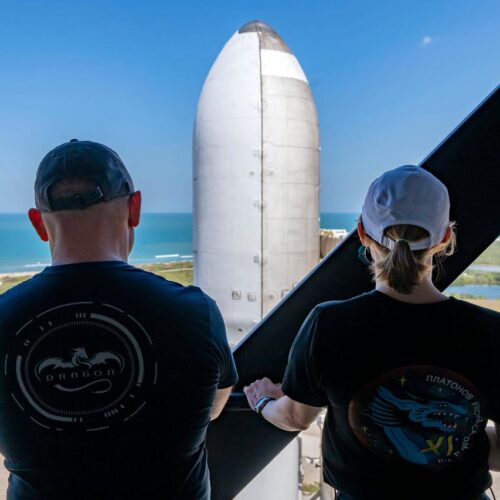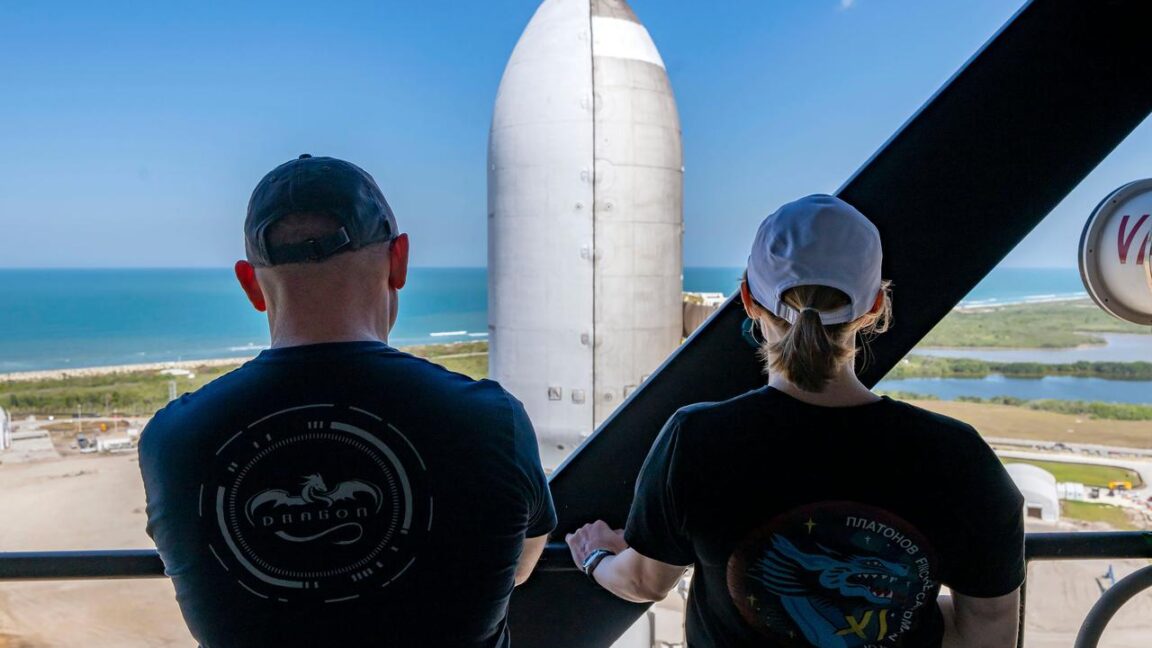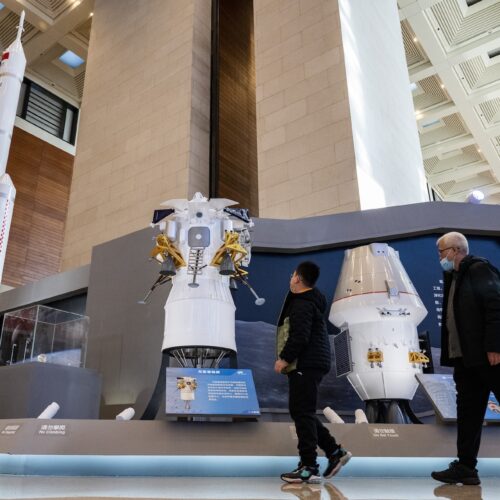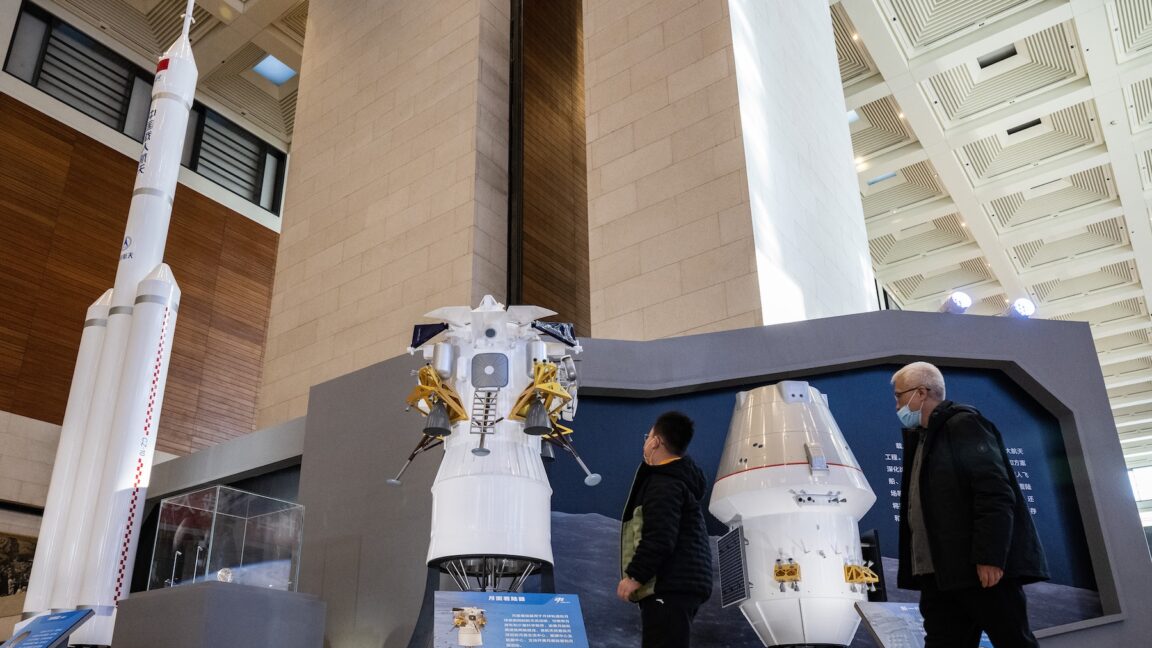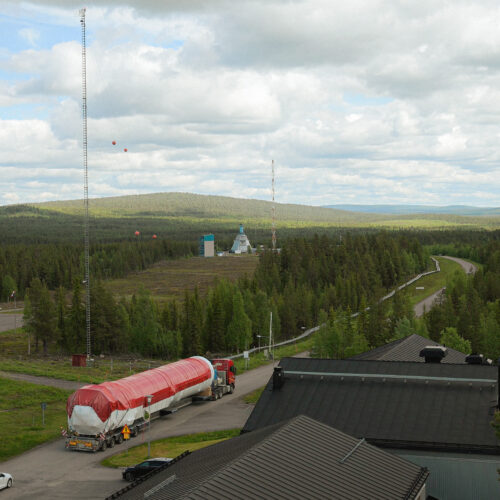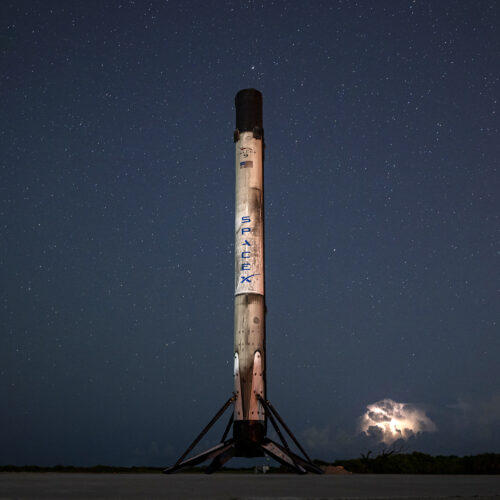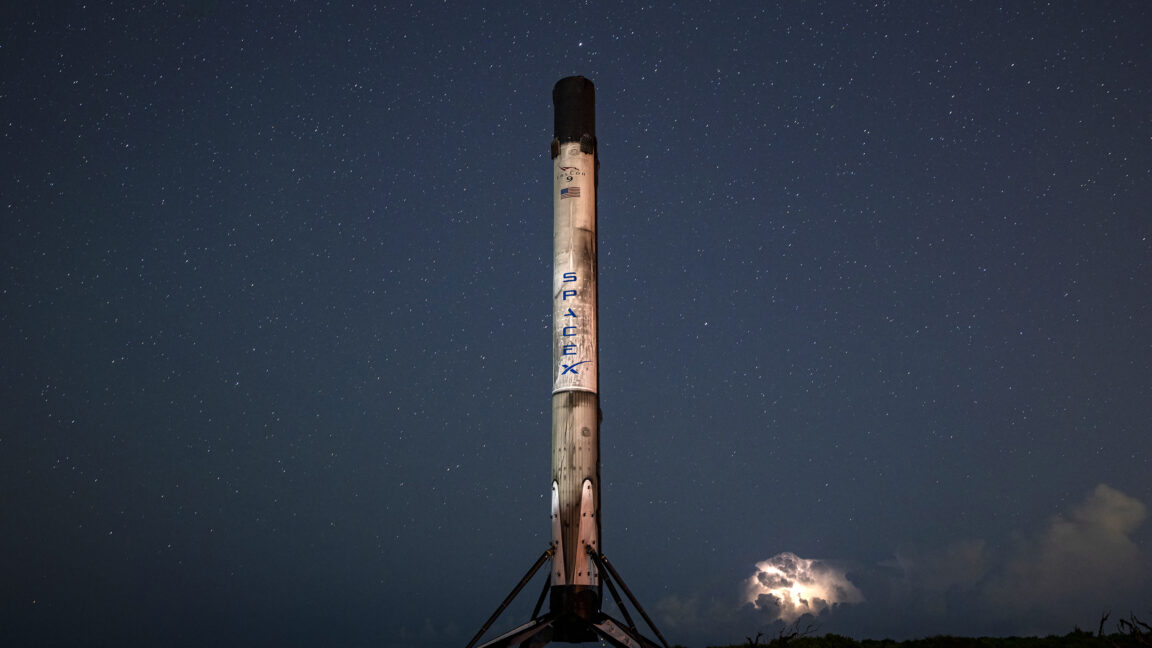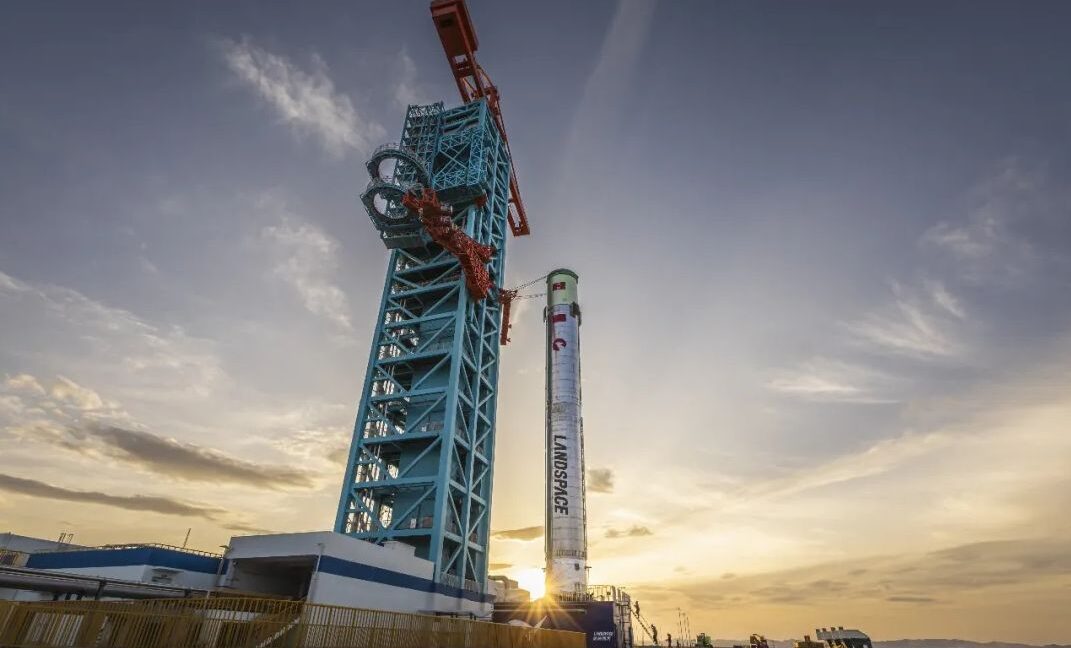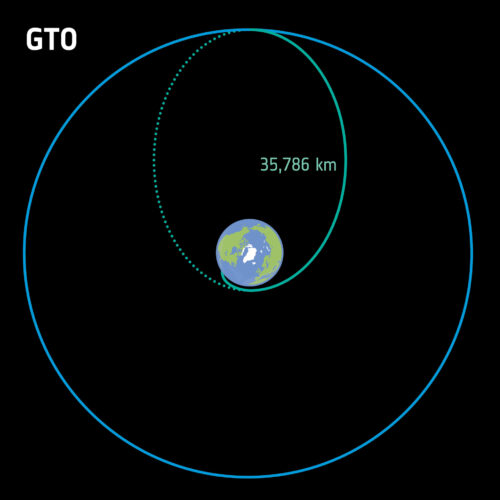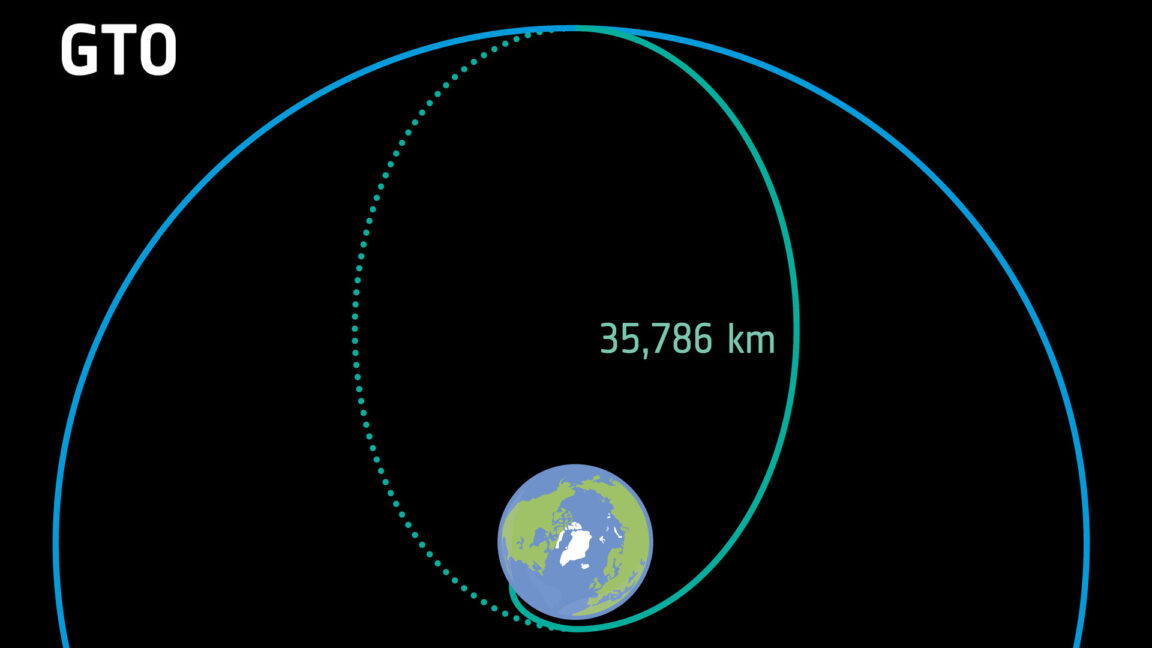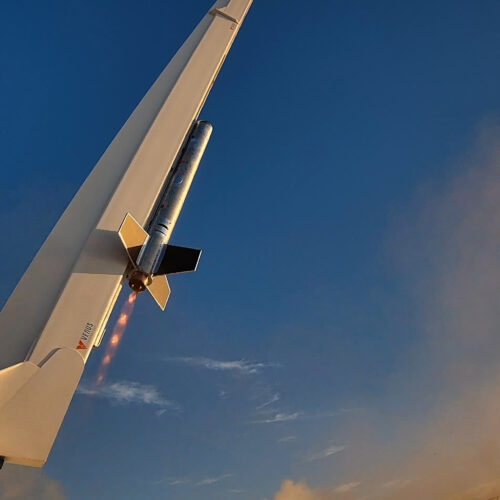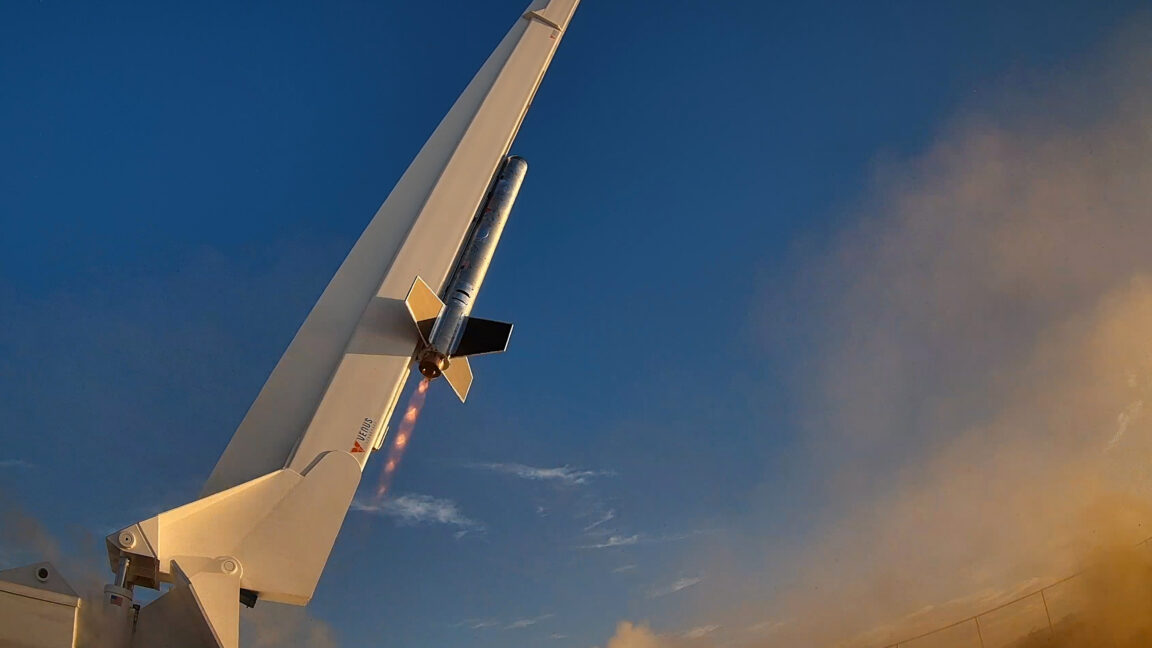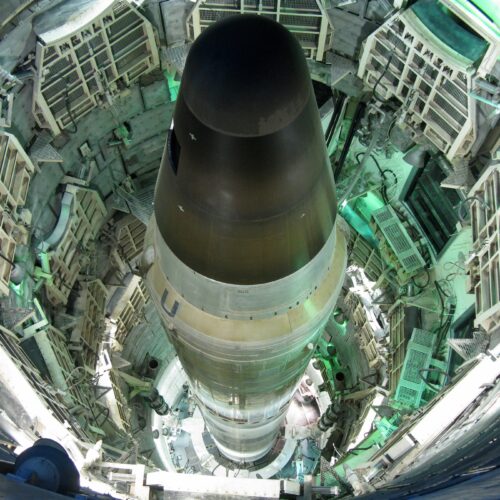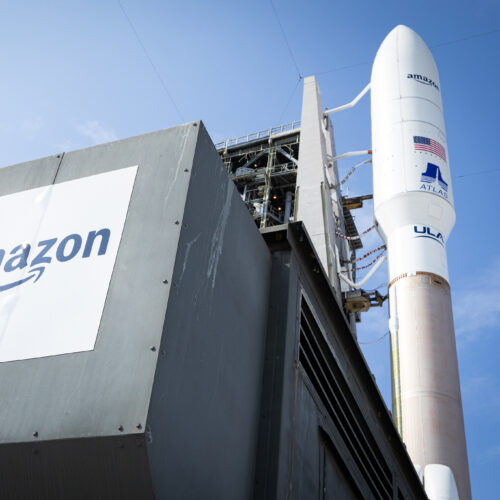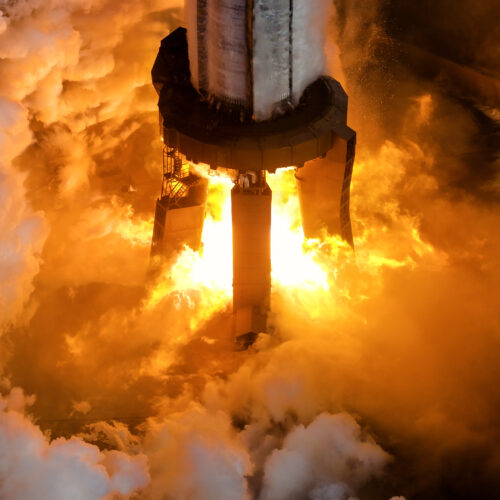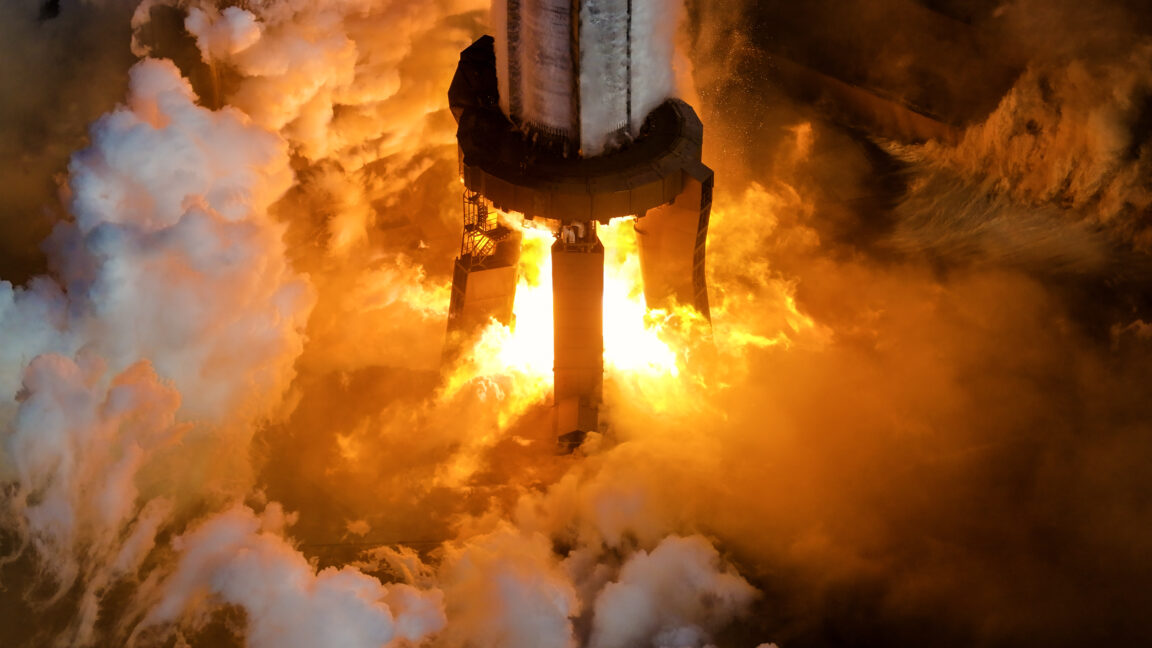Rocket Report: Channeling the future at Wallops; SpaceX recovers rocket wreckage
Welcome to Edition 8.04 of the Rocket Report! The Pentagon's Golden Dome missile defense shield will be a lot of things. Along with new sensors, command and control systems, and satellites, Golden Dome will require a lot of rockets. The pieces of the Golden Dome architecture operating in orbit will ride to space on commercial launch vehicles. And Golden Dome's space-based interceptors will essentially be designed as flying fuel tanks with rocket engines. This shouldn't be overlooked, and that's why we include a couple of entries discussing Golden Dome in this week's Rocket Report.
As always, we welcome reader submissions. If you don't want to miss an issue, please subscribe using the box below (the form will not appear on AMP-enabled versions of the site). Each report will include information on small-, medium-, and heavy-lift rockets, as well as a quick look ahead at the next three launches on the calendar.

Space-based interceptors are a real challenge. The newly installed head of the Pentagon's Golden Dome missile defense shield knows the clock is ticking to show President Donald Trump some results before the end of his term in the White House, Ars reports. Gen. Michael Guetlein identified command-and-control and the development of space-based interceptors as two of the most pressing technical challenges for Golden Dome. He believes the command-and-control problem can be "overcome in pretty short order." The space-based interceptor piece of the architecture is a different story.

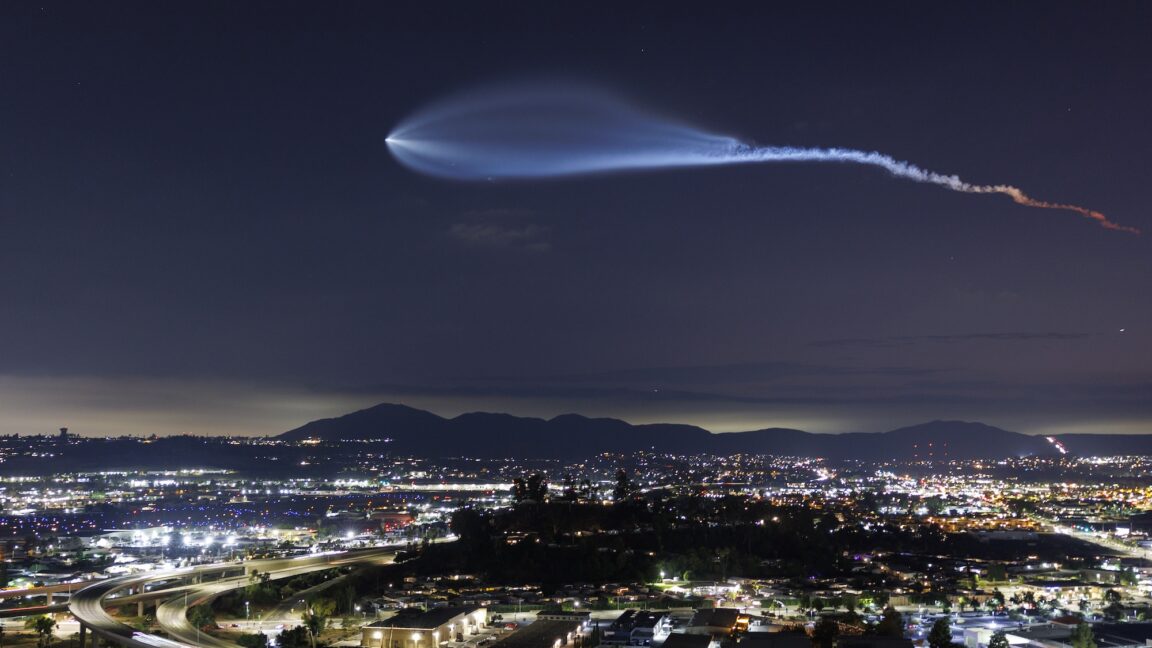
© Kevin Carter/Getty Images
